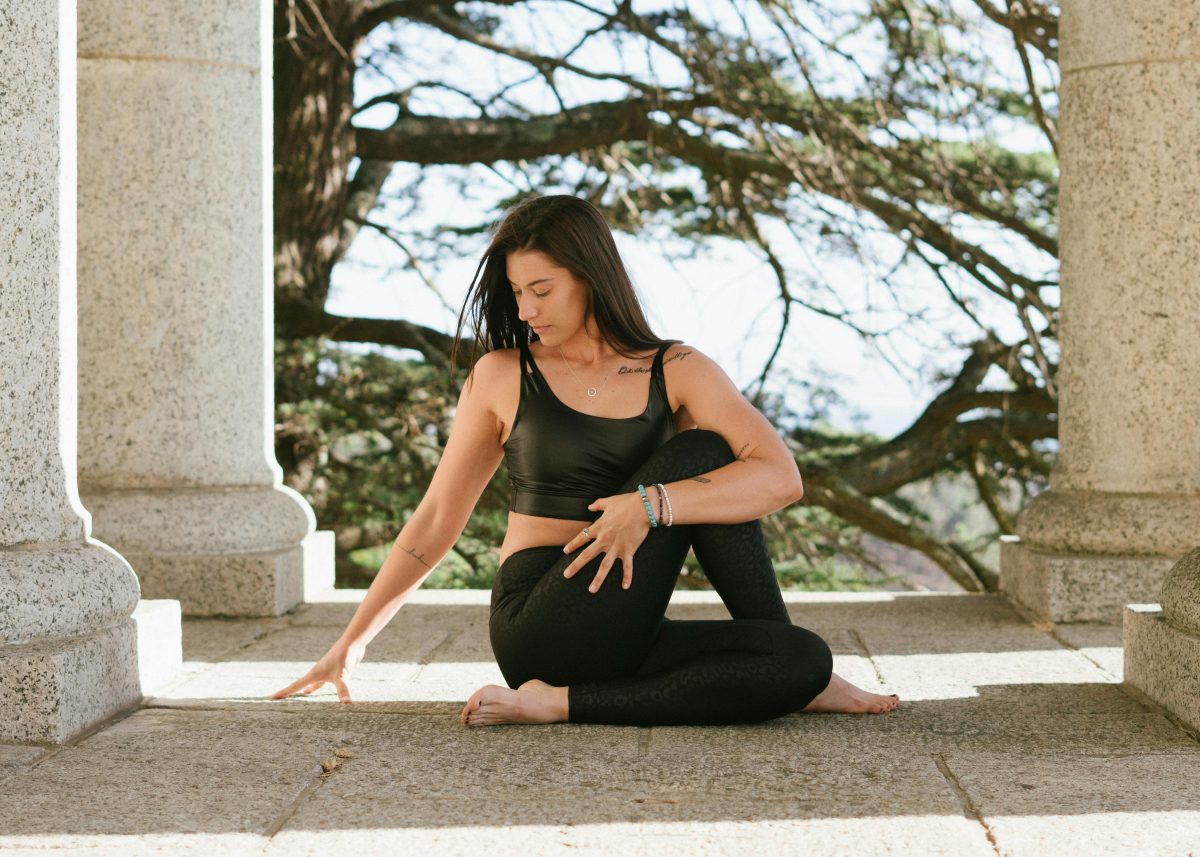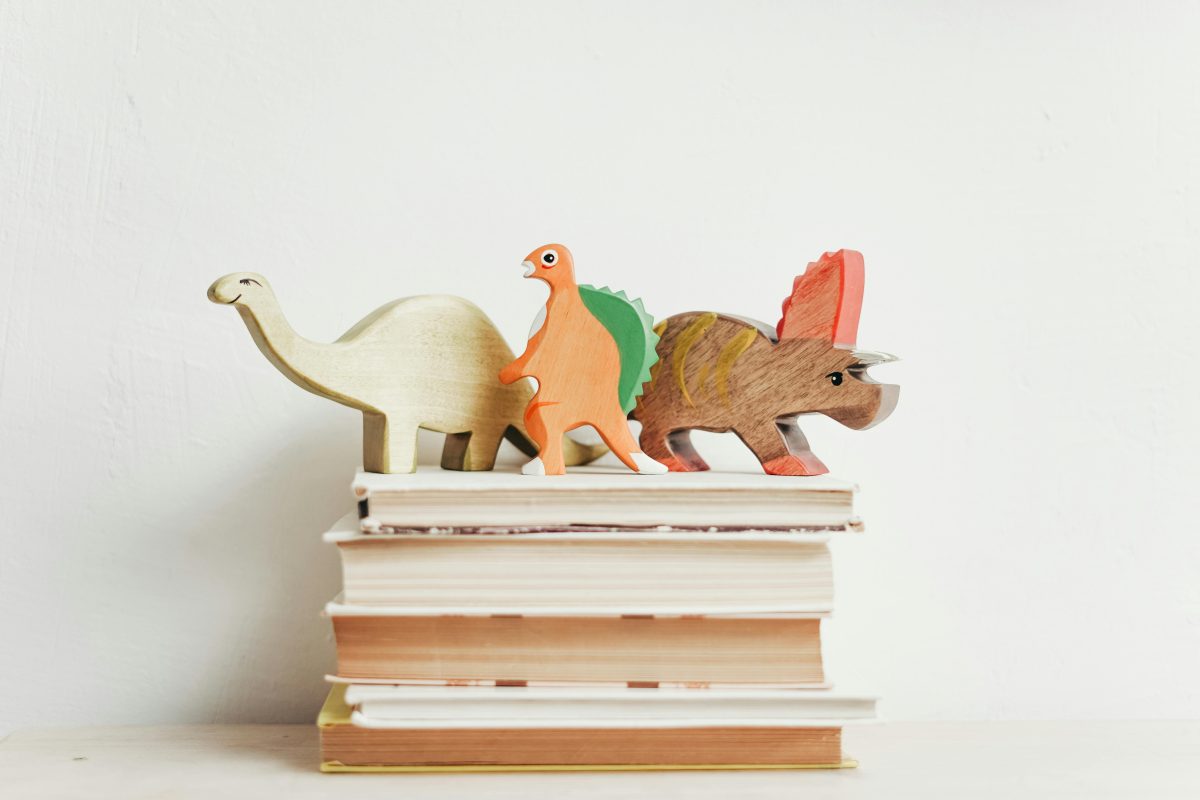An Overview of Children’s Mindfulness and Meditation

The practice of tuning into our thoughts, feelings, and physical sensations in the present moment is embodied in mindfulness and meditation. These exercises provide youngsters with a solid basis for growing in self-awareness, patience, and resilience. Not only are mindfulness and meditation good for children, but they may also be a powerful tool that improves their mental, emotional, and physical health.
- greater ability to focus and better control of emotions
- Increased empathy and lessened tension
We provide our kids the tools they need to face life’s obstacles with elegance and grace by encouraging these abilities in them at a young age. They develop a toolkit for lifetime wellbeing as they learn to be curious and kind while they pay attention to their inner and outside experiences. Teaching children to meditate and practice mindfulness may be a wonderful adventure that helps them grow into thoughtful, well-rounded adults.
Inspiring Children to Practice Mindfulness and Meditation

Knowing the Child’s Reality
Children are exposed to modern technology at an increasing age in today’s fast-paced society. While this has many advantages, it can also cause a youngster to feel disconnected from both themselves and their immediate surroundings. The digital age and a way of life that frequently puts work before wellbeing put special strains and worries on young people.
- Social media comparisons, academic demands, and an ever-expanding world
- Increased stress, emotional dysregulation, and difficulties concentrating
But among these difficulties, there is a potent yet mild remedy: awareness. We provide children with the means to improve their focus, empathy, and emotional regulation by exposing them to mindfulness and meditation. By teaching children to ground themselves in the here and now, these activities help them maintain composure and clarity in the face of turmoil.
- By encouraging children to notice their thoughts and feelings without passing judgment, mindfulness fosters greater self-awareness and understanding in them.
- They gain resilience and a closer bond with both themselves and other people as they discover how to compassionately and curiously traverse their inner landscapes.
One cannot stress the importance of mindfulness in a child’s development. It’s a route to a more focused, compassionate, and balanced life, not just a practice. Children may lay the groundwork for a lifetime of mental and emotional resilience by including mindfulness and meditation into their everyday activities. They will always have this gift of inner serenity and compassion for themselves.
Tips for Teaching Mindfulness and Meditation at the Right Age

It takes careful planning and a developmental method to introduce youngsters to mindfulness and meditation. Every age group, from young children to teenagers, can gain from techniques created especially for them, incorporating mindfulness into their everyday activities with ease.
Young Children
- Take time to listen to the sounds of nature with awareness. Examine the various things’ textures.
Elementary Students
- Introduce brief guided meditations that concentrate on breathing techniques or imagining happy locations.
- Introduce mindfulness to storytime by telling stories that emphasize empathy and awareness
Children in school
- Practice basic yoga poses together with deliberate breathing
- To encourage people to take breaks and breathe throughout the day, use mindfulness bells or chimes.
Young People
- Introduce
- mindful walking
and body scans as strategies for stress and anxiety management. Promote journaling as a means of introspection
Adding a minute of deep breathing at the beginning or end of the day to your routine might be a simple way to incorporate mindfulness. Regularly incorporating mindfulness into children’s lives not only provides them with necessary coping mechanisms but also cultivates a lifetime appreciation for the present moment. When begun at a young age, this practice provides a bridge to a balanced and thoughtful maturity, enabling one to handle life’s ups and downs with grace and fortitude.
The following materials can be used to teach children mindfulness and meditation: The Health Direct website of the Australian Government provides insightful information. Furthermore, taking a look at An Australian-based mindfulness app called Smiling Mind, geared toward youth, can offer useful resources and age-appropriate guided meditations.
The Advantages of Mindfulness in the Classroom

For pupils, the inclusion of mindfulness in the curriculum offers a plethora of advantages. It improves emotional control, increases empathy, and sharpens focus, all of which contribute to a favorable learning environment. Schools that have implemented mindfulness practices report improvements in student achievement as well as a discernible decline in behavioral problems. By giving kids the skills to handle stress, this method fosters a more positive learning environment in the classroom.
Case Studies: Institutions Setting the Standard
Many Australian schools have had success incorporating mindfulness exercises into their regular curricula. For example, a morning meditation session was implemented at a Victoria elementary school, and the pupils’ concentration and anxiety levels improved. Another example is a high school in New South Wales that saw improvements in resilience and teamwork in their pupils after introducing mindfulness exercises into their physical education curriculum. These illustrations show how mindfulness may have a profoundly positive effect in learning environments.
Introducing the Educational Use of Mindfulness

Teachers who want to promote mindfulness in the classroom might begin with easy activities. A few minutes of guided breathing at the start of the day helps create a peaceful atmosphere. Students can concentrate and reset by taking brief mindfulness pauses in between lessons, which has been shown to be useful. Incorporating mindfulness into conversations about emotional well-being can foster empathy and self-reflection in older kids. Teachers can integrate mindfulness into the curriculum by fostering a supportive environment.
See the for additional information on incorporating mindfulness and meditation into the classroom.The Department of Education and Training in Victoria provides guidelines and resources. Furthermore, the The Mindfulness in Schools Project offers educators specialized training and resources to help further integrate these practices in classrooms.
Overcoming Obstacles and Opposition

There are challenges with teaching youngsters mindfulness and meditation. Typical roadblocks include:
- Absence of enthusiasm: Like adults, children can object to things they think are strange or difficult.
- False beliefs: Many people think that practicing mindfulness and meditation involves spending a lot of time in solitude, which isn’t feasible or appealing for most kids.
- Electronic diversions: the constant distraction that is provided by electronics.
Strategies need to be flexible and inventive in order to engage children who are reluctant or resistant. Start with quick, entertaining mindfulness exercises like mindful coloring or easy breathing techniques based on their favourite characters. Making these exercises approachable and pleasurable for kids is essential to demonstrating to them that including mindfulness into daily life can be joyful.
We may overcome opposition by incorporating mindfulness into activities that kids already like and providing clear, accessible explanations of its advantages. This method not only increases the attraction of mindfulness but also demonstrates how adaptable and simple it is to incorporate into daily life. Children’s early resistance may become enthusiastic involvement as they witness the favorable impacts themselves, laying the groundwork for a generation that is more resilient, focused, and conscious.
References and Additional Reading

With the correct tools, starting the process of teaching mindfulness and meditation to kids is simpler. Numerous books, applications, and web resources provide parents and kids with priceless advice. For example, Eline Snel’s “Sitting Still Like a Frog” contains a wealth of kid-friendly mindfulness activities that make the practice approachable and interesting. Youth-focused features of apps like Headspace offer an engaging and participatory approach to learning about mindfulness.
Professional organizations like the Mindfulness in Schools Project provide courses and certifications for individuals who want to specialize in mindfulness or who want to become certified instructors. These courses not only improve individual practices but also give participants the tools they need to successfully instruct young people in mindfulness.
Online and offline communities and forums provide a safe environment for people to exchange experiences and guidance. In addition to providing guided meditations, websites such as the Australian-based Smiling Mind provide a forum for parents and educators to interact and share insights. Participating in these groups can greatly improve the process of teaching mindfulness to kids by offering encouragement and support.
Parents and teachers can better integrate mindfulness and meditation into children’s life by making use of these tools. The tour is expected to bring as much satisfaction to adults as it does to youngsters, thanks to the exchange of experiences and professional direction.
In Conclusion
Young lives are transformed by mindfulness. It gives kids a toolkit for overcoming the challenges of life while fostering resilience and joy. Children who engage in mindful practices learn to strike a balance between the problems of the digital era and the age-old advantages of emotional control, empathy, and focus. School success stories highlight the significant effects of incorporating mindfulness into instruction. Let’s encourage the next generation to practice mindfulness and create a society full of kind, considerate people.
Encouraging Mindfulness and Meditation in Kids FAQs
Yes, mindfulness and meditation can improve sleep quality in children by helping them relax and reduce stress before bedtime. Techniques such as guided imagery or focusing on their breath can calm the mind and prepare the body for sleep. This can be particularly beneficial for children who experience anxiety or restlessness at night, leading to a more restful and deeper sleep.
Yes, mindfulness can be an effective tool in helping children manage anxiety. It teaches them to focus on the present moment and recognize their feelings without judgment, which can reduce the intensity of anxiety. Regular mindfulness practice can equip children with coping skills to deal with anxious thoughts and feelings more calmly.
Start by incorporating short, simple mindfulness exercises into your daily routine, such as focusing on breathing or noticing different senses. This can be done through games or activities that encourage them to pay attention to their present experience. Over time, these practices can help children develop a habit of mindfulness, making it easier for them to engage in these exercises on their own.
Mindfulness can positively impact a child’s academic performance by improving their attention, concentration, and emotional regulation. These skills can lead to better classroom behavior, a greater ability to focus on tasks, and improved coping strategies for stress and anxiety. As a result, children may find it easier to engage with their studies and perform better academically.
Motivating your child to practice mindfulness regularly can be achieved by making the practices fun and relevant to their interests. Incorporating mindfulness into activities they already enjoy, or using apps and books designed for children, can make the practice more appealing. Additionally, practicing mindfulness together as a family activity can provide encouragement and establish a routine that they look forward to.
Meditation sessions for children should start with just a few minutes and can gradually increase as they become more comfortable with the practice. The key is to keep it enjoyable and not forced, allowing them to maintain interest and see it as a positive experience. For younger children, starting with two to five minutes is appropriate, while older children may be able to handle sessions that are ten minutes or longer.
While a quiet space can help minimize distractions and make mindfulness practice more effective, it’s not absolutely necessary. Children can learn to be mindful in any setting by focusing on their breath or the sensations in their body. Teaching them to find moments of mindfulness in everyday situations can be incredibly beneficial for applying mindfulness in real-life scenarios.
Children as young as four years old can begin learning meditation through very short and simple practices. It’s important to keep the meditation age-appropriate, focusing on visualization or breathing exercises that capture their attention. As they grow older, the meditation can become more structured and longer in duration.
Mindfulness activities for kids can include listening to a bell and focusing on the sound until it fades, mindful coloring to focus on the present moment, and nature walks where they pay attention to what they can see, hear, and smell. These activities are designed to be engaging and fun, helping children learn to pay attention to the present moment without judgment. Incorporating these activities regularly can help children develop a greater awareness of themselves and their surroundings.
Meditation can offer significant benefits for kids with ADHD by enhancing their ability to focus, reducing impulsivity, and improving their emotional regulation. These improvements can help in managing the symptoms of ADHD, making it easier for children to concentrate on tasks and interact more calmly in social situations. Regular meditation practice can be a valuable component of a comprehensive approach to managing ADHD.

